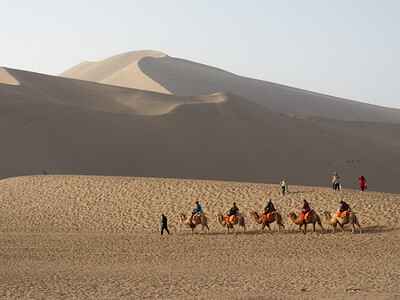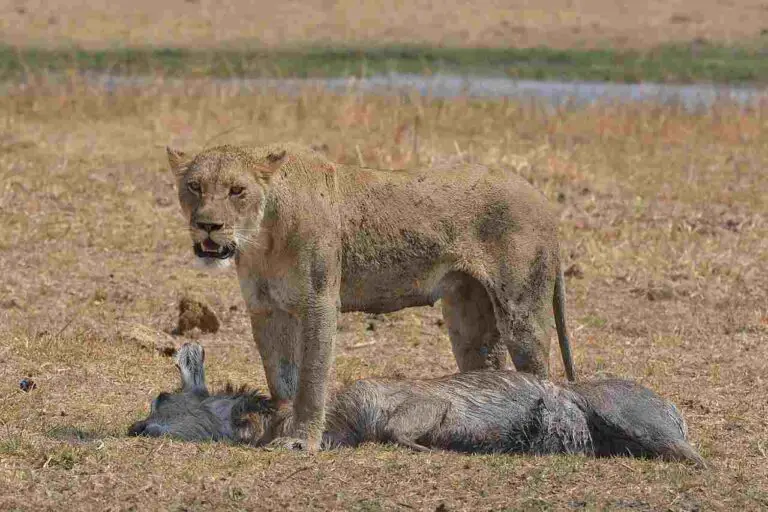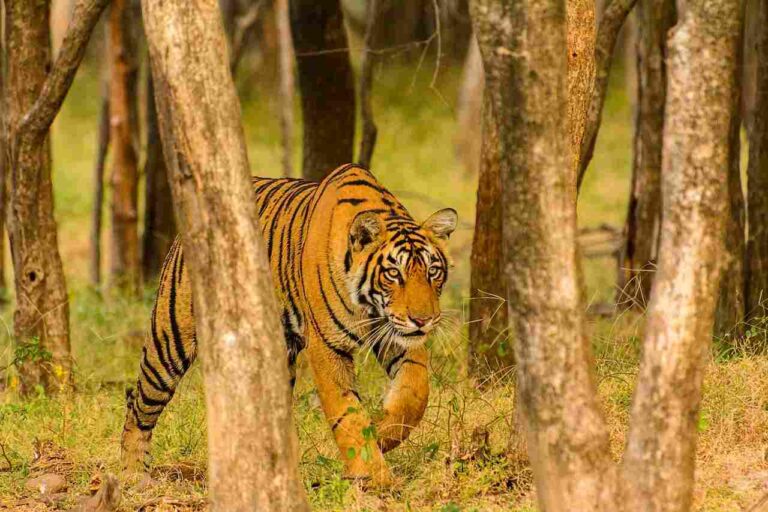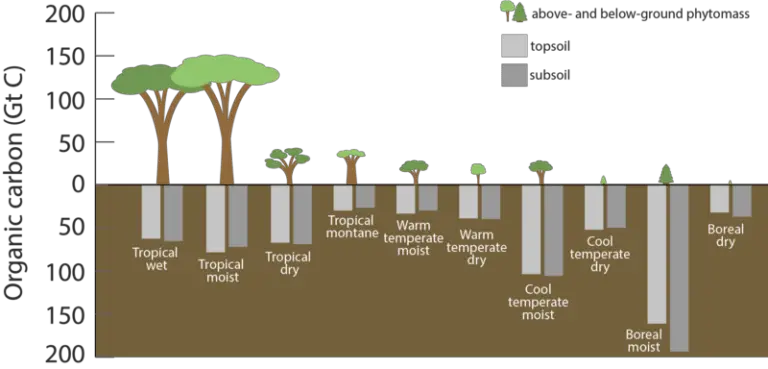7 Types of Deserts and Their Characteristics Explained
Types of deserts are; coastal, cold/polar, interior/intra-continental, subtropical, rain shadow, hot and dry, and semiarid deserts. They are distinguished from each other on the basis of geography and climate.
This article discusses the types of deserts and their characteristics, as follows;
1). Coastal Desert (as one of the Types of Deserts)
Coastal desert is a type of desert which is influenced by water bodies to an extent that is more significant than that for other types of deserts.
The geographic locations of most coastal deserts of the world, occur on the western coasts or edges of continents [3], between latitudes 20° and 30°, near the Tropics of Cancer and Capricorn.
Because of their position, humid local winds blowing toward coastal deserts are met with eastward ocean currents which cool them and cause them to rise, in a manner that prevents moist air currents from reaching the coast.
Coastal deserts are very unique, especially for their unstable geoclimatic condition compared to other desert types. This instability is itself a result of continuous change in the pattern of interaction between eastward ocean currents and westward local winds.
In a coastal desert, notable weather changes can be observed over the course of a year, including warm summers and cool winters, unlike other deserts that are mostly hot and dry all year.
Three examples of coastal deserts are; the Atacama Desert in South America and the Namib Desert of Southwestern Africa [2].
The Atlantic Coastal Desert along the western margin of the Sahara Desert is also often identified among coastal deserts of the world.
2). Cold or Polar Desert
The type of desert referred to as cold desert, includes all arid and semiarid areas with less than 10 inches annual precipitation, which occur in temperate areas and/or at high altitude where the average temperature is lower than that of hot and dry deserts.
Most cold deserts occur at significant distance from the coast or continental margin, between 45° and 60° north and south of the equator.
Winter temperatures are significantly low in cold deserts, in some cases dropping to -40°C. Summers can also be very hot.
Because of the location and climate of cold deserts, they do not experience identical patterns of erosion and weathering as other deserts. It is therefore common to find coarse soils and gravelly sediments in this type of desert.
It must be noted that some parts of other temperate ecosystems like tundras, can be classified as cold deserts, as these areas may receive less than 10 inches rainfall yearly. In some studies, the term Polar Desert, is used in place of cold desert.
Five examples of cold deserts are; Arctic, Antarctic, Kyzylkum, Patagonian, and Gobi deserts.

3). Interior Desert (as one of the Types of Deserts)
Interior desert is a type of desert that usually occurs at the center of continental land masses.
They are defined solely on the basis of geographic location, and differ slightly from cold deserts that are defined by both geographic and climatic factors.
For interior deserts, climate is not a fixed characteristic, but differs with the climatic conditions of the continent on which a given desert occurs.
Other terms that can be used to describe interior deserts include inland desert, and intracontinental desert. Because of their distance from the coast, the environmental conditions in interior deserts are relatively stable.
An example of interior deserts is the Sonoran Desert of North America.
4). Subtropical Desert
As the name implies, subtropical desert is a type of desert that shares some characteristics with tropical regions and ecosystems like forests.
Characteristics of subtropical deserts include hot climate, low humidity, and relatively high soil temperatures that may reach 60°C in the daytime, and 0°C at night.
Subtropical deserts occur in areas with tropical and subtropical Köppen climate, and their origin can be traced to active interaction between dry hinterland winds and humid, warm local air currents, sometimes referred to as atmospheric forcing [4].
The Arabian Desert is a classic example of a subtropical desert, alongside others like Chihuahuan, Great Victoria and Mojave Deserts.
5). Rain-Shadow Desert (as one of the Types of Deserts)
Rain shadow is a type of desert area which has been created as a result of the obstruction of humid air currents and precipitation, by mountainous ranges.
The rain shadow desert forms because of the presence of such obstructive mountain ranges, which lie parallel to the coast, and force incoming, moist coastal currents to rise along their slopes, thereby losing their warmth and moisture.
This means that it is common to find rain shadow deserts on the leeward side of high rises that lie parallel to the coast or perpendicular to the inland wind route.
Parts of the Sahara Desert in Africa can be classified as rain shadow desert, alongside other examples like the Colorado Desert in the United States.

6). Hot and Dry Desert
Hot and dry deserts are deserts that experience simultaneous high average temperature and low moisture conditions all through the year.
There are in fact two types of hot deserts; which are hot-and-dry, and hot-and-mild or semiarid deserts. Hot and mild deserts differ from hot and dry by having short seasons of cooler temperature conditions each year.
Places where hot and dry deserts can be found include Central, North and South America; Africa, Australia and southern Asia.
The most popular as well as the largest hot and dry desert in the world is the Sahara Desert of Africa, which covers an area of over 9.4 million square kilometers [1].
(It must be noted that a given desert can be classified under more than one type or category, provided some of its sections or zones meet the characteristic criteria of these different types; as is the case for Sahara Desert; which can be classified under both coastal and hot-and-dry types).
Hot and dry deserts have the lowest biodiversity of all types, because of the harsh conditions in these regions.
7). Semiarid Desert (as one of the Types of Deserts)
A desert that is semiarid is one which experiences significant heat and drought, but at a slightly-milder level than hot and dry deserts.
Another type of desert that is sometimes referred to as semiarid desert is cold desert, because it is obviously cooler than hot and dry desert. However, the ideal semiarid is not a cold desert, but rather a hot and mild desert with harsher heat conditions than cold deserts but milder than hot-and-dry.
The semiarid desert is unique for having a high level of biodiversity compared to other types of deserts. Most semiarid deserts are home to a larger and more diverse population of plants, which encourages the survival of more animals than hot and dry deserts allow.
Semiarid deserts can be found in parts of the United States such as the Great Basin and the Red Desert.

Conclusion
Types of deserts are;
1. Coastal Desert
2. Cold or Polar Desert
3. Interior Desert
4. Subtropical Desert
5. Rain-Shadow Desert
6. Hot and Dry Desert
7. Semiarid Desert
References
1). Abubakar, B. (2016). "Sahara Desert Treasures, Geography and Associated Wonders: Yesterday, Today and Tomorrow." Available at: https://www.researchgate.net/publication/309648345_Sahara_Desert_Treasures_Geography_and_Associated_Wonders_Yesterday_Today_and_Tomorrow. (Accessed 9 April 2023).
2). Martínez, G.; Mitchell, P. (2017). "Introducing Coastal Deserts." The Journal of Island and Coastal Archaeology 12(1):1-7. Available at: https://doi.org/10.1080/15564894.2016.1272505. (Accessed 9 April 2023).
3). Navone, S.; Bargiela, M.; Dent, D.; Espoz-Alsona, C.; Maggi, A. E.; Montana, E.; Morrison, S.; Pastor, S.; Rosatto, H. G.; Salomón, N.; Soria, D.; Torres, L.; Antonio, F. R. (2006). "Global Deserts Outlook." Global Deserts Outlook (pp.73-88). Available at: https://www.researchgate.net/publication/233762377_Global_Deserts_Outlook. (Accessed 9 April 2023).
4). Wu, G.; Liu, Y.; Zhu, X.; Ren, R.; Duan, A.; Lian, X.; Li, W. (2009). "Multi-scale forcing and the formation of subtropical desert and monsoon." Annales Geophysicae 27(9). Available at: https://doi.org/10.5194/angeo-27-3631-2009. (Accessed 9 April 2023).




